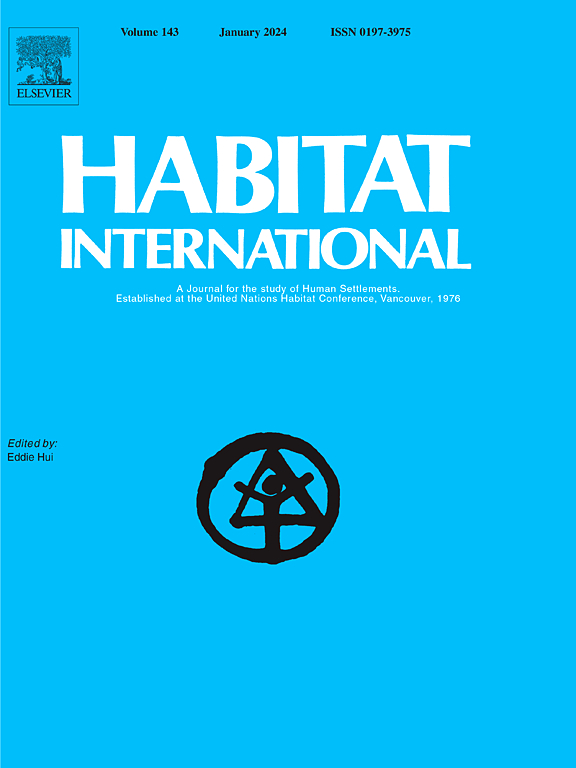How to lead the optimization of parks spatial patterns more comprehensively with the philosophy of green equity: A case of Chengdu
IF 6.5
1区 经济学
Q1 DEVELOPMENT STUDIES
引用次数: 0
Abstract
The accelerated urbanization process has led to an increasingly prominent phenomenon of the imbalanced distribution of urban green resources. Green equity, as a measure of this distribution issue, aligns with the Sustainable Development Goals advocated by the United Nations. In this study, we select Chengdu, a city with typical characteristics of urbanization in China, as our study area and approach it from the perspective of accessibility, introduce the Theil Green Equity Index to quantify green equity, employ the Support Vector Regression model to scientifically identify and locate potential patterns areas of urban parks, and aim to effectively optimize the spatial patterns of urban parks. The research reveals that although the accessibility of urban parks in Chengdu has significantly improved in recent years, there is still an issue of the uneven distribution of green spaces. Through the optimization solution proposed in the study, it is possible to achieve efficient enhancement of green equity under limited resource conditions. This can significantly reduce the green inequity issues in residents' daily lives caused by the uneven distribution of park resources. This study aims to develop a comprehensive framework for optimizing urban park distribution, providing planners with a scientifically grounded strategy to enhance sustainable development and promote green equity.
求助全文
约1分钟内获得全文
求助全文
来源期刊

Habitat International
Multiple-
CiteScore
10.50
自引率
10.30%
发文量
151
审稿时长
38 days
期刊介绍:
Habitat International is dedicated to the study of urban and rural human settlements: their planning, design, production and management. Its main focus is on urbanisation in its broadest sense in the developing world. However, increasingly the interrelationships and linkages between cities and towns in the developing and developed worlds are becoming apparent and solutions to the problems that result are urgently required. The economic, social, technological and political systems of the world are intertwined and changes in one region almost always affect other regions.
 求助内容:
求助内容: 应助结果提醒方式:
应助结果提醒方式:


